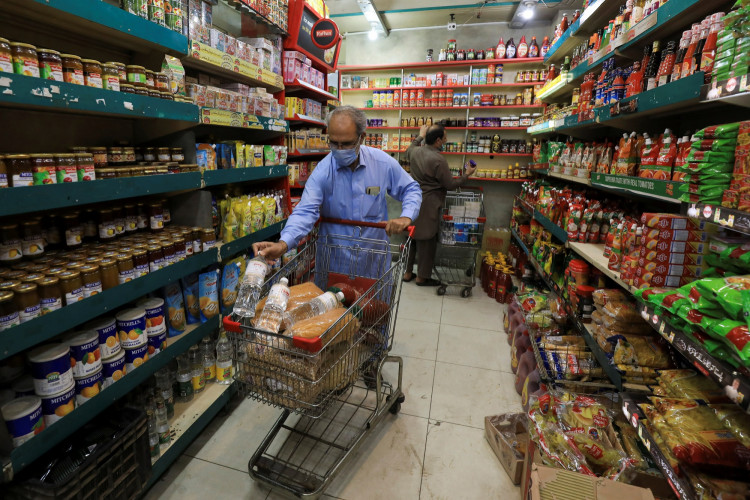The consumer price index (CPI) remained unchanged in May, indicating a slight easing of inflationary pressures. According to the Labor Department's Bureau of Labor Statistics, the CPI, a comprehensive measure of the cost of goods and services across the U.S. economy, showed no increase month-over-month but registered a 3.3% rise compared to the previous year.
Economists had anticipated a modest monthly gain of 0.1% and an annual increase of 3.4%, as surveyed by Dow Jones. The actual figures fell slightly below expectations, providing a glimmer of hope that inflation might be stabilizing.
The core CPI, which excludes the volatile food and energy sectors, increased by 0.2% in May and 3.4% over the past year. These figures also came in slightly lower than forecasted, with economists predicting a 0.3% monthly rise and a 3.5% annual rate.
The stock market reacted positively to the report, with futures climbing higher, while Treasury yields saw a decline. This response underscores investor optimism that the Federal Reserve's measures to control inflation might be taking effect.
Shelter costs, which have been a persistent issue in the inflation narrative, rose by 0.4% in May and were up 5.4% from a year ago. Housing expenses constitute a significant portion of the CPI, and their persistent increase has complicated the Federal Reserve's efforts to bring inflation down.
Despite the overall stabilization in prices, specific components of the index showed notable fluctuations. The energy index decreased by 2%, driven by a 3.6% drop in gasoline prices. Food prices saw a marginal increase of just 0.1% for the month. Another significant component, motor vehicle insurance, experienced a slight 0.1% decline in May but remained elevated with an annual increase exceeding 20%.
The Federal Reserve has been closely monitoring these inflation indicators as it calibrates its monetary policy. The latest CPI report came ahead of the Fed's interest rate decision, scheduled for release on Wednesday afternoon. While it is widely expected that the central bank will maintain current rates, the updated projections on inflation, the labor market, and future rate paths will be closely scrutinized.
Ayhan Kose, World Bank Deputy Chief Economist, highlighted the broader context of these inflation trends. "In a sense, we see the runway for a soft landing," Kose told Reuters, referring to the possibility of reducing inflation without causing significant economic disruptions. He added, "That's the good news. What is not good news is that we may be stuck in the slow lane," emphasizing the potential for prolonged slow economic growth.
The World Bank's latest Global Economic Prospects report echoed this sentiment, predicting global growth stabilization at 2.6% in 2024, slightly up from earlier forecasts but still below pre-pandemic levels. This projection underscores the ongoing challenges facing the global economy, even as major economies like the U.S. show signs of resilience.
In the U.S., the Federal Reserve's path forward remains a topic of intense debate. With inflation showing signs of cooling, there is cautious optimism that the central bank can achieve its dual mandate of price stability and maximum employment. However, the persistence of high shelter costs and other inflationary pressures indicates that the battle against inflation is far from over.
Federal Reserve Chairman Jerome Powell has previously signaled that the central bank is prepared to keep interest rates elevated for an extended period if necessary to curb inflation. The central bank's updated projections, set to be released alongside its rate decision, will provide further insights into its assessment of inflationary trends and economic conditions.






